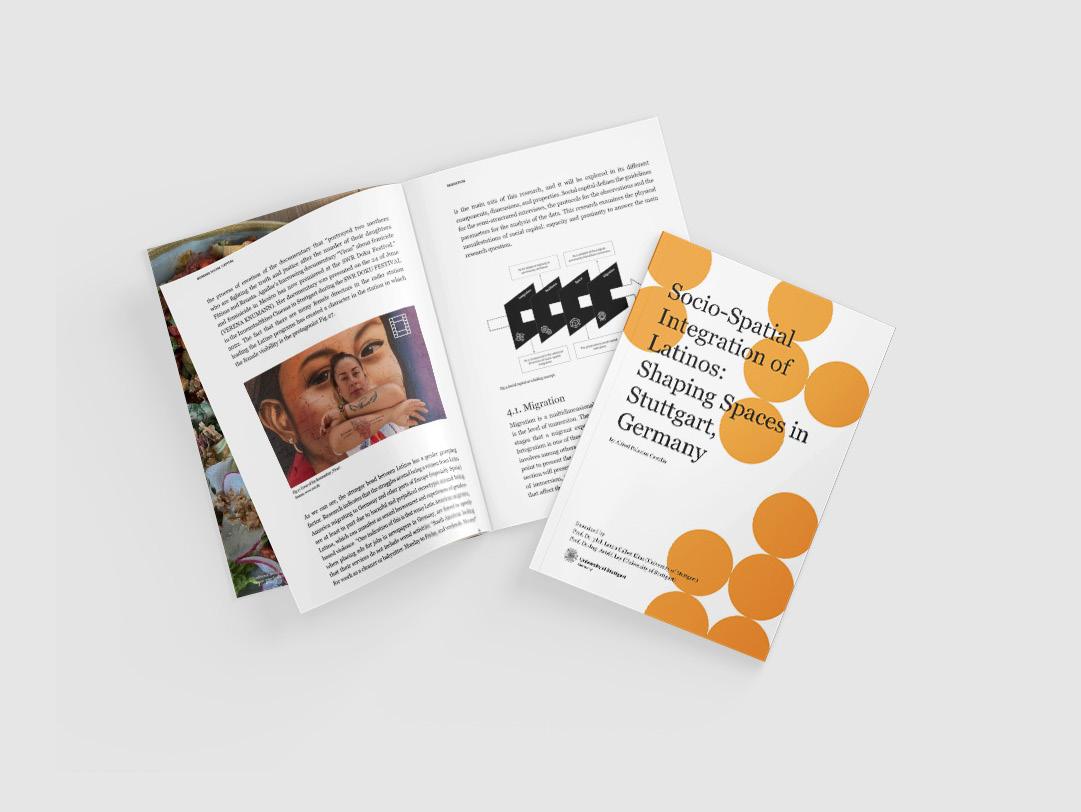EXAMINE UNDERSTAND CREATE
To look at or consider a person or thing carefully in order to discover something about the person or thing.
To know the meaning of something, or to know how a person feels and why the person behaves in a particular way.
To cause something to exist, or to make something new or imaginative.
color scheme
Font selection

CONTENT
NATIONAL MUSEUM OF SOILS 01
PROFESSIONAL PROJECT
Design and development of the national museum of soils in the city of Bogotá - Colombia.

AUGUSTENSTRAßE SUPERBLOCK
02
MASTER’S PROJECT
Co-producing the concept of barcelona superblock in augustenstraße, stuttgart, Germany.
NBS TECHNICALL HANDBOOK
04
DAQPHIBIAN RESEARCH ASSITANCE RESULTS
Unalab NBS (Natural Based Solutions) technical handbook factsheets founded by the european union’s horizon 2020 programme.

DAQPHIBIAN
LAND MANAGEMENT AWARENESS CAMPAIGN
MASTER’S PROJECT
03
Designing a community-based experience for sharing research results on mechanisms for mitigating rapid urbanization in muscat, oman.

DAQPHIBIAN
ILPÖ’S ANNUAL RESULTS PUBLICATION
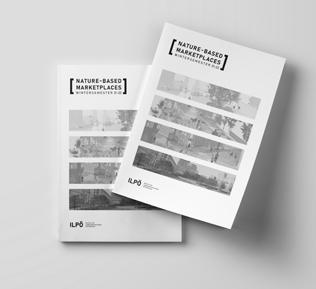
05
RESEARCH ASSITANCE RESULTS
Results of bachelor and master’s projects in nature-based marketplaces workshops.
SHAPING SPACES IN STUTTGART 06
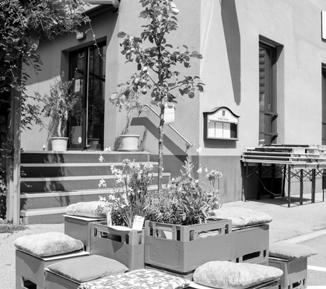

MASTER’S THESIS
Socio-Spatial Integration of Latinos in Stuttgart
TECHNICAL COMPONENTS
Management
Coordination with the different working groups, time management and resource management.
NATIONAL MUSEUM OF SOILS
DESIGN AND DEVELOPMENT OF THE NATIONAL MUSEUM OF SOILS IN BOGOTA , COLOMBIA.
PROFESSIONAL PROJECT
(Team Project)
Developed in: Instituto geográfico Agustín Codazzi
2018
Conceptualization of the museum, architectural design, design of experience and interaction mechanisms.
Design Methodologies
Planning of the methodology for data collection and selection of the use of participatory tools.
Research Synthesis
Design of the graphic material for the content of the museum with scientific rigor for children.
Interdisciplinarity
Coordination with material suppliers, construction team, purchasing team and public officials.

INTERACTIONS NODES
The nodes of interaction considered in the design of the National Museum of Soils are three. The first is architecture and the distribution of space; the second is the user’s experience within the graphic identity of the museum; the third is the user’s ability to interact with the analog and digital devices.

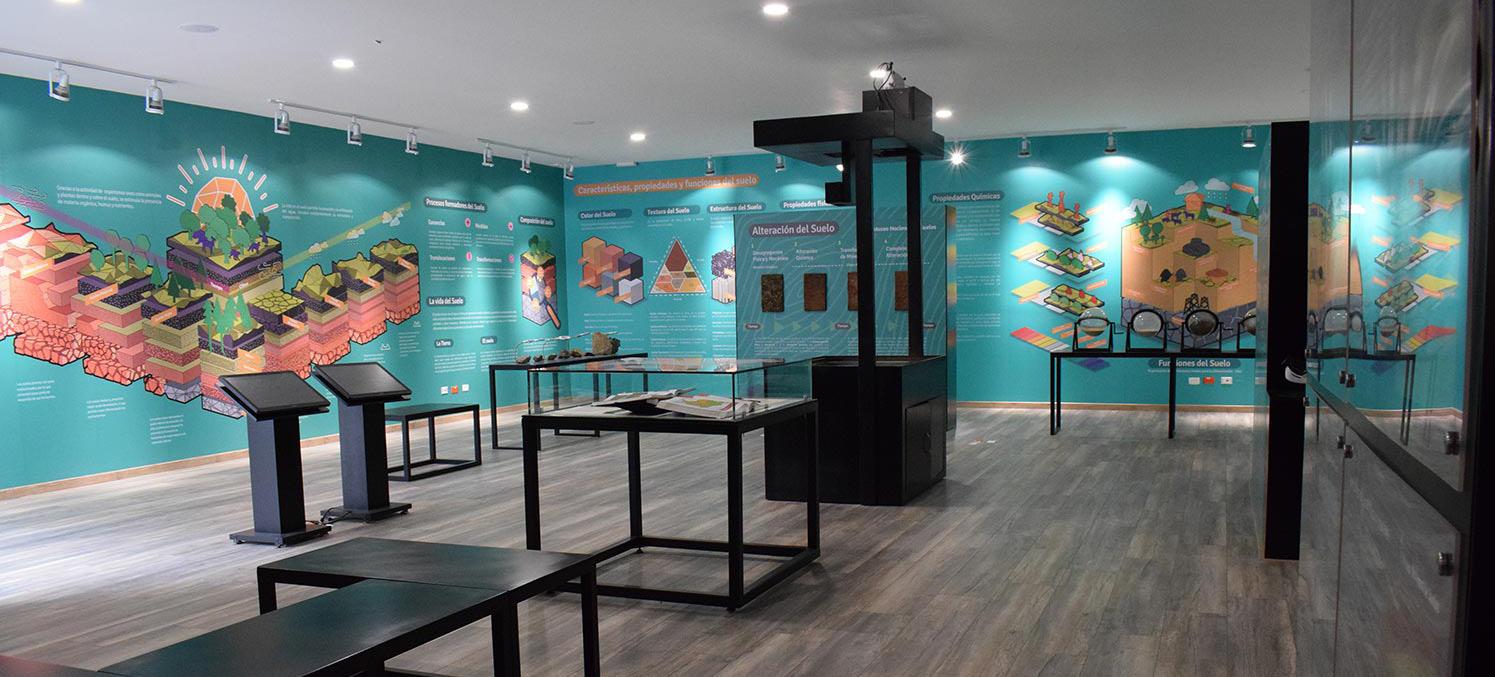
A JOURNEY THROUGH THE SOILS
Without losing the technical rigor, the theoretical contents are presented for a professional public, as well as children and general audiences, and illustrate the dynamics of the soils and their vital importance for ecosystems. We distributed the contents in the museum according to their difficulty, starting with basic knowledge such as the processes and relevant factors of soil formation at the entrance. It then advances to explain physical and chemical properties, so the public can understand the classes of soil present in the country followed by its physical representation through monoliths.
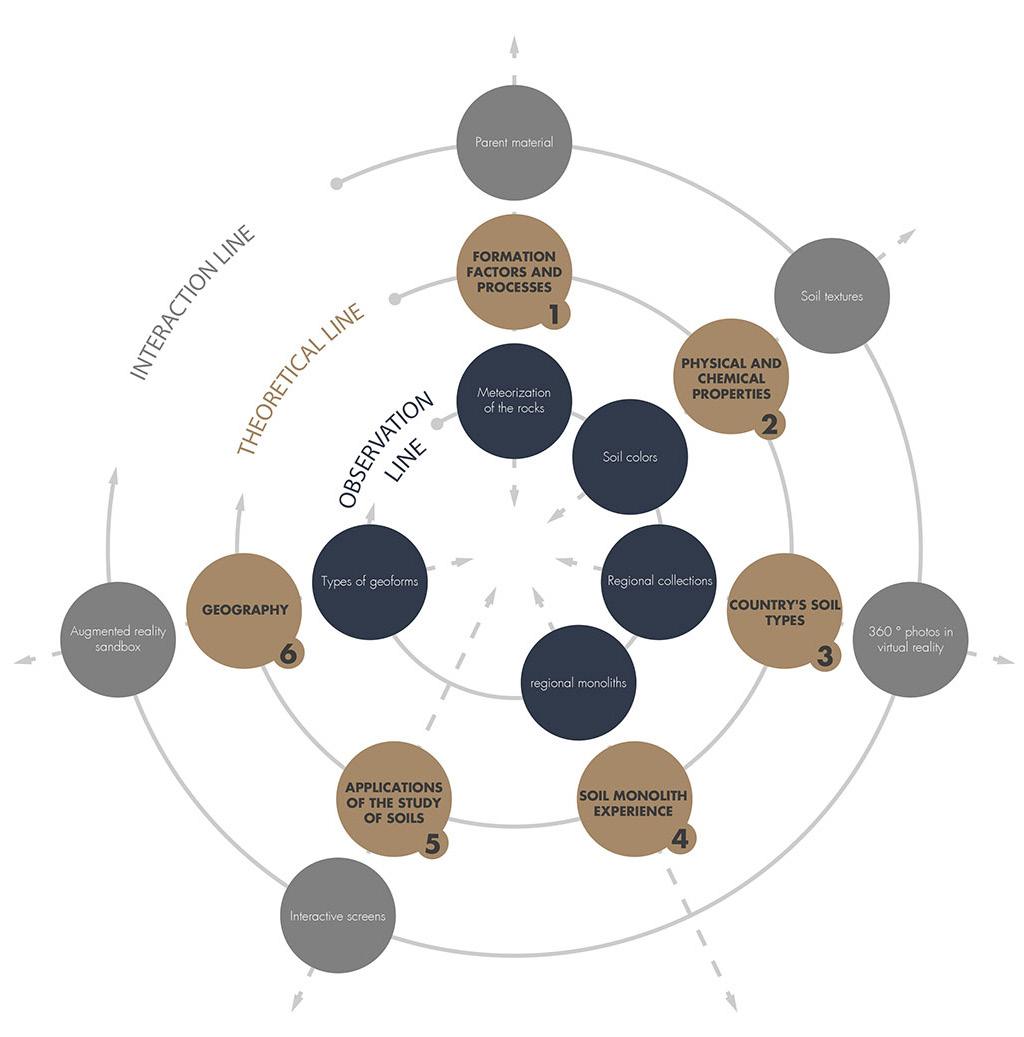

ARCHITECTURAL INTERVENTIONS


The renovation of architectural spaces included lifting the ceiling, plating the walls, and changing the floor. We also calculated the amount of light needed for the area of the room and selected the light sources, we design the furniture and ephemeral architecture according to the area of the museum and its spatial distribution. We planned the route for the users inside the room according to the soil´s theoretical content.

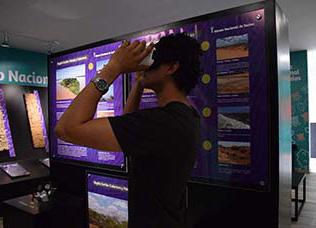


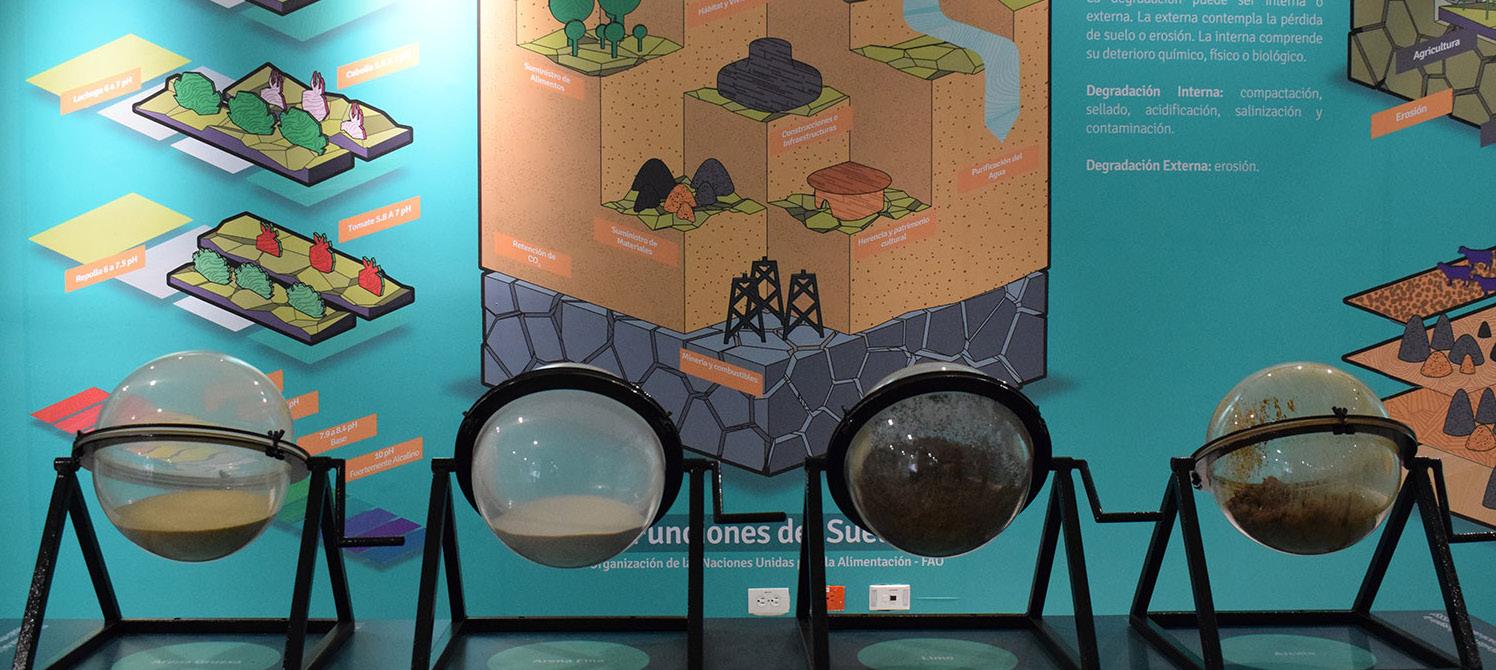
THE MUSEUM AS A CLASSROOM
The museum was conceived as a space that can also convert into a classroom. Through digital screens, teachers can show presentations on topics related to soil science.

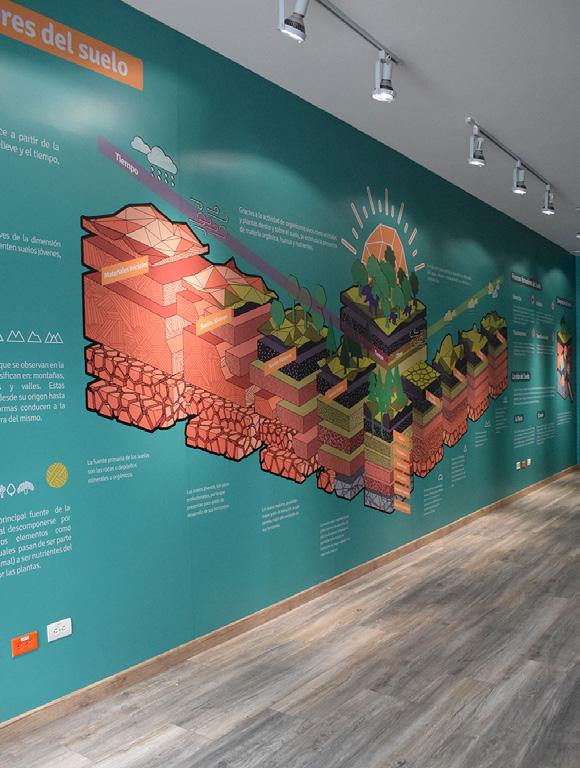

THE USER EXPERIENCE
The design of the visitor’s experience is based on the theory that the museum is a classroom, where users can visit temporary exhibitions on specific topics throughout the year. Children, the main audience, will use digital applications with interactive screens that complement heir knowledge of soils. As part of the museology and museography, we also designed a brand identity for the museum including logos, typography, colours, packaging, and messaging.
THE MUSEUM BRAND
Design of a brand around the museum that creates clear and appealing graphic visuals for the user during the visit.
GRAPHICAL PIECES
Graphic pieces that are supported by diagrams and illustrations effectively communicate complex scientific information about soils to common audiences.
TECHNICAL COMPONENTS
Management
Organization of work teams and management of monetary resources.
AUGUSTENSTRAßE SUPERBLOCK
CO-PRODUCING THE CONCEPT OF BARCELONA SUPERBLOCK IN AUGUSTENSTRAßE, STUTTGART
MASTER’S PROJECT (Team Project)
Developed in: Universität Stuttgart
2021
Design
Design of graphic tools that complement the participatory planning activities.
Methodologies
Planning of the methodology for data collection and selection of the use of participatory tools.
Research Synthesis
Design of the final presentation for the community with the results of the participatory planning activities. coordination with the community organization, the people, and governmental organizations involved.
Interdisciplinarity

THE CONCEPT

OBJECTIVES



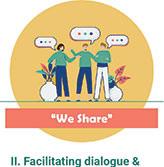

STAKEHOLDER ANALYSIS
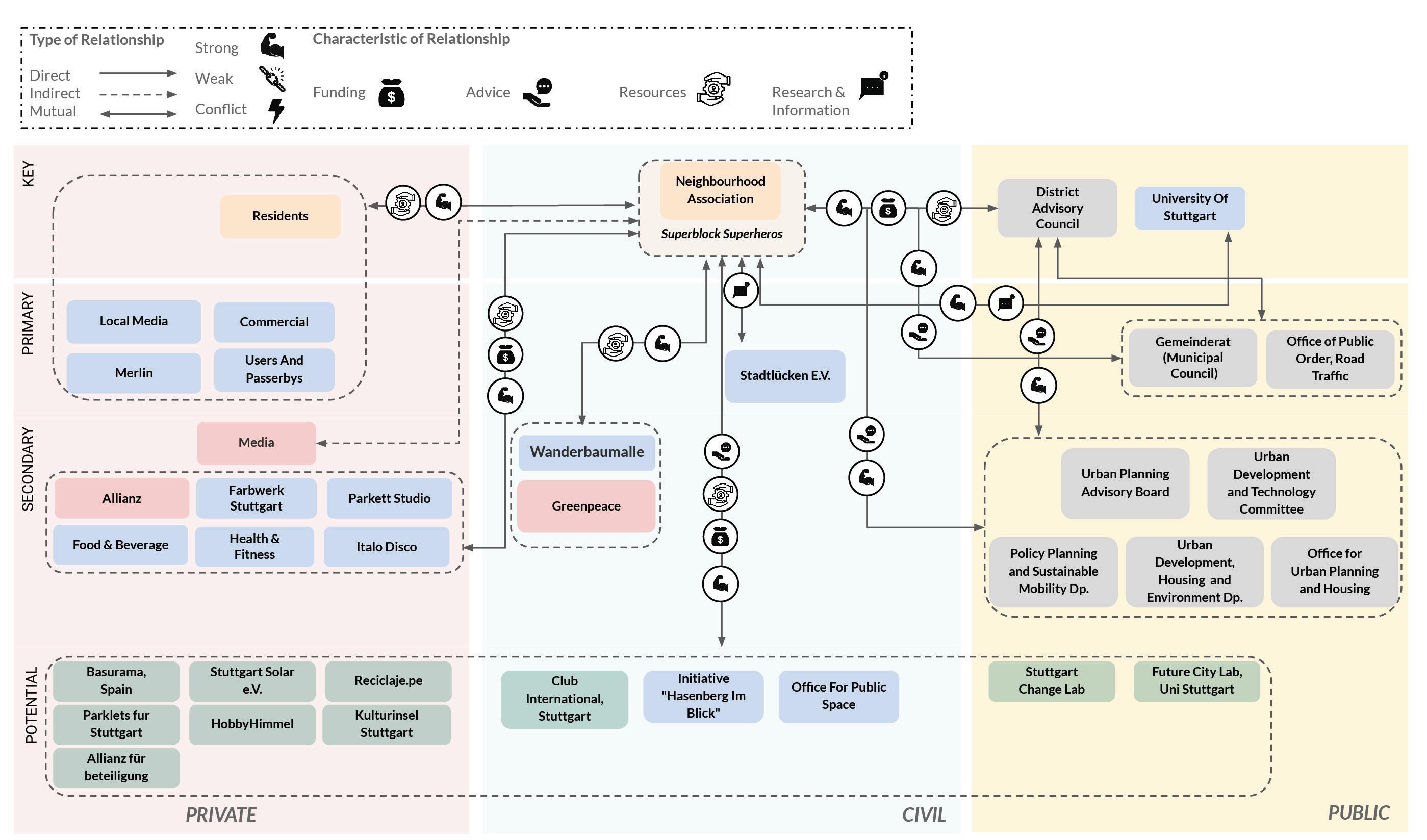
STRATEGY DESIGN ACTIONS AND MILESTONES

‘S U P E R L A B’ Augustenstraße towards a community-led social lab
The Superlab is a community led social lab that double acts as a support platform to enable participatory planning and allow the community to together create their Superblock. We propose an organisational structure for the lab that is fun, social and practical, that helps in building friendships and kinship, that is democratic and deliberative, and one that is multidisciplinary and incorporates experts, businesses and students. We aim to create a people’s Superblock through a people’s Superblock that acts as a bridges between city government and local politics.
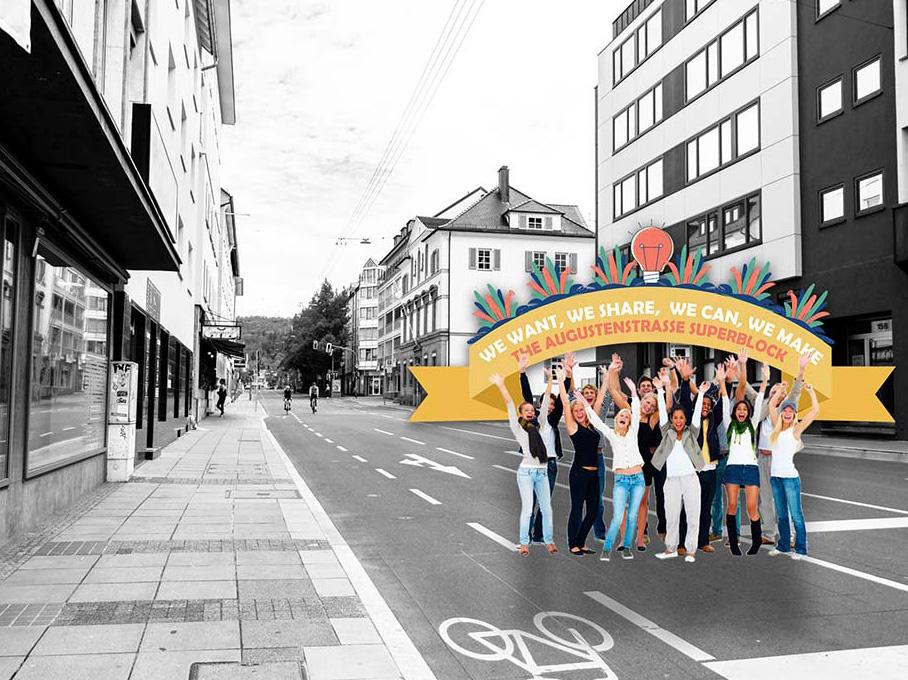
LAND MANAGEMENT AWARENESS CAMPAIGN
TECHNICAL COMPONENTS
Management
Planning and delimitation of deliverables and coordination of scopes for the workshop with the community.
Design
Design of the website as a digital platform for the participatory creation of solutions for accelerated urbanism.
Methodologies
DESIGNING A COMMUNITY-BASED EXPERIENCE FOR SHARING RESEARCH RESULTS ON MECHANISMS FOR MITIGATING RAPID URBANIZATION IN HAY AL MAARIFAH IN MUSCAT, OMAN
MASTER’S PROJECT
(Team Project)
Developed in: Universität Stuttgart
2021
Research Synthesis
Interdisciplinarity
Planning of the methodology for data collection and selection of the use of participatory tools. Creation of the awareness campaign according to the political and social research on land management in Oman. coordination with the community organization, the people, and governmental organizations involved.

THE CONCEPT

THE FACTS

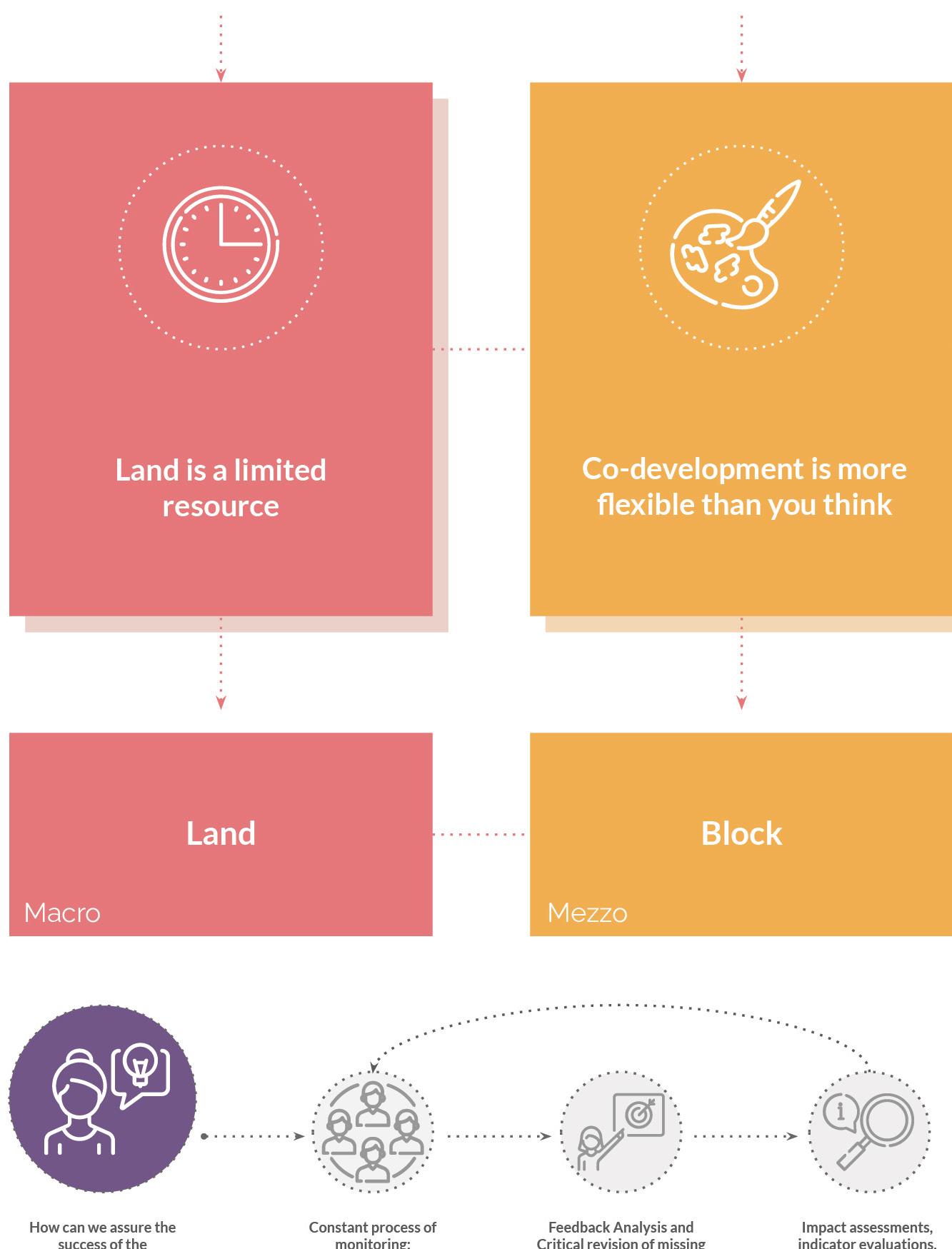
AWARENESS CAMPAIGN

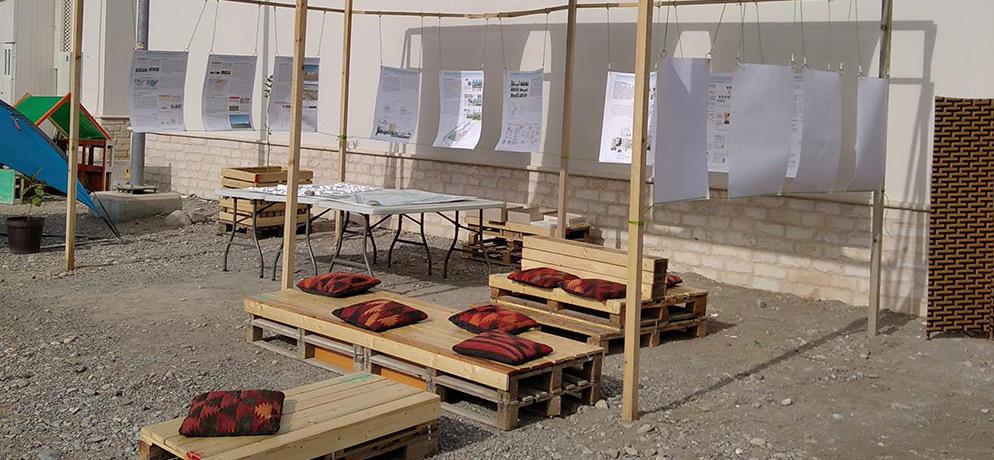
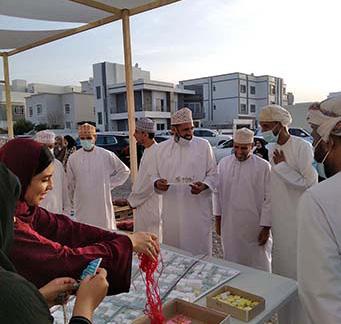

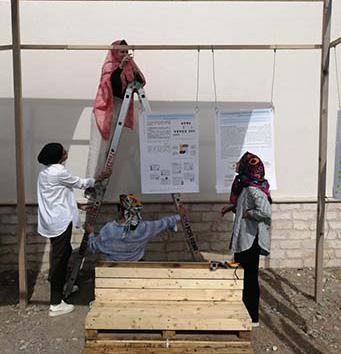
TECHNICAL COMPONENTS
Management
Coordination of the meetings with the expert groups for the collection of information.
NBS TECHNICAL HANDBOOK
UNALAB NBS TECHNICAL HANDBOOK FACTSHEETS FOUNDED BY THE EUROPEAN UNION’S HORIZON 2020 PROGRAMME.
RESEARCH ASSISTANT PROJECT
(Team Project)
Developed in: Universität Stuttgart 2022
Design of the layout, aesthetics, diagrams, user experience and graphic identity of the publication.
Design Methodologies
Planning of the methodology for data collection.
Research Synthesis
Systematization of the technical information in the property charts for each of the NBS.
Interdisciplinarity
Joint work with the university institute, project funders and NBS experts.
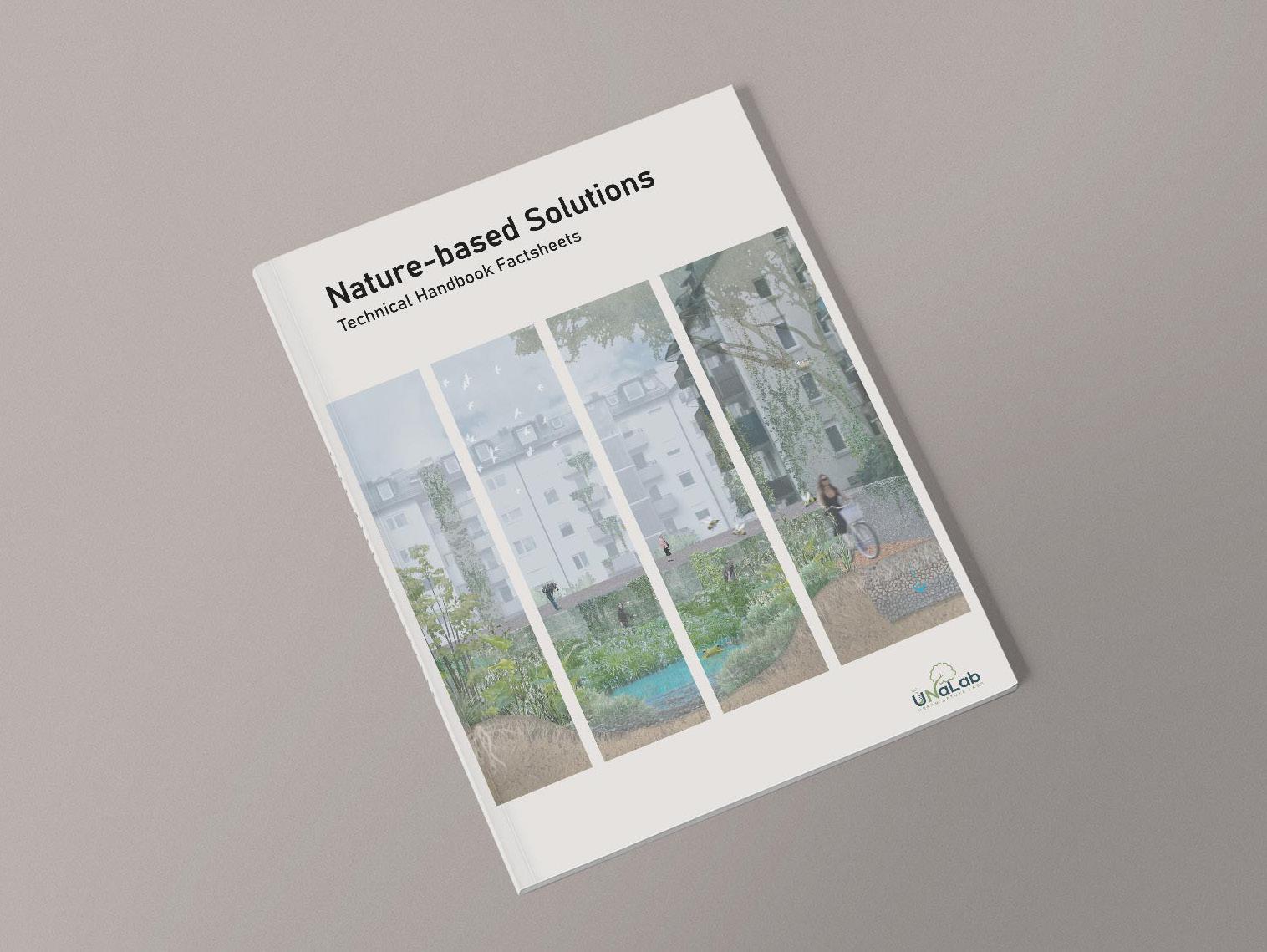



05 ILPÖ’S ANNUAL RESULTS
RESULTS OF BACHELOR AND MASTER’S PROJECTS IN NATURE-BASED MARKETPLACES WORKSHOPS IN THE INSTITUT FÜR LANDSCHAFTSPLANUNG UND ÖKOLOGIE
TECHNICAL COMPONENTS
Management
Coordination of the meetings with the expert groups for the collection of information.
Design
Design of the layout, aesthetics, diagrams, user experience and graphic identity of the publication.
Methodologies
Planning of the methodology for data collection.
Research Synthesis
Selection of material and strategic organization for efficient and clear communication of the results achieved.
Interdisciplinarity
RESEARCH ASSISTANT PROJECT
(Team Project)
Developed in: Universität Stuttgart
2022
Joint work with the working team, the institute’s management and the students of the courses.

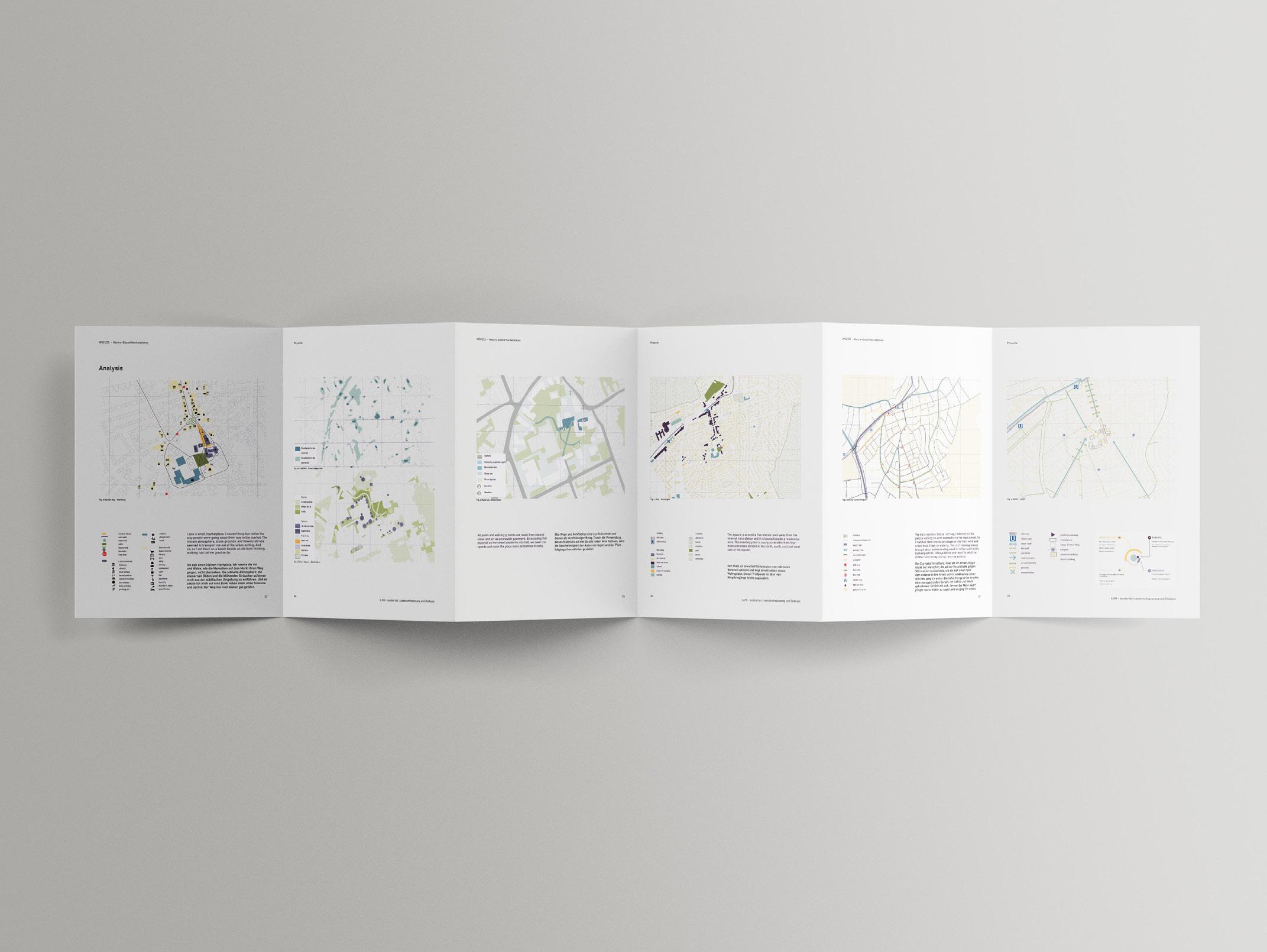


TECHNICAL COMPONENTS
Management
General project management and coordination of subjects and places to conduct field research.
SHAPING SPACES IN STUTTGART
SOCIO-SPATIAL INTEGRATION OF LATINOS IN STUTTGART
MASTER’S THESIS
(Individual Research)
Developed in: Universität Stuttgart
2022
Creation of the support material to collect information and layout of the publication.
Design Methodologies
Design of the research methodology and elaboration of the ethnographic and qualitative tools
Research Synthesis
Formulation of the research objectives, conceptual framework and analysis of the information.
Interdisciplinarity
Creation of the literature review and semi-structured interviews with experts and communities.

